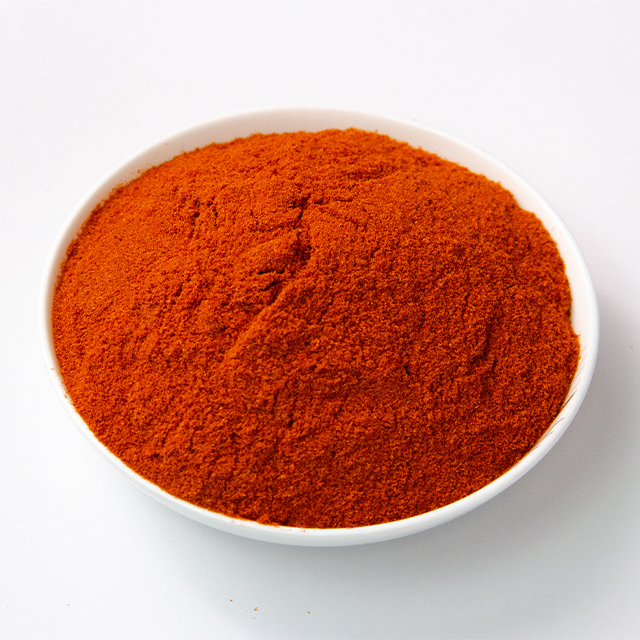Dec . 13, 2024 22:46 Back to list
Different Varieties of Dried Chili Peppers for Exporting and Their Unique Flavors
Types of Dry Chili Peppers Exported Around the World
Chili peppers are an integral part of global cuisine, known for their ability to add heat and flavor to various dishes. While fresh chili peppers are widely used, dried varieties have gained immense popularity due to their long shelf life and concentrated flavors. The export of dry chili peppers forms a crucial part of agricultural trade for many countries, contributing to both local economies and the global spice market. The following article explores the various types of dry chili peppers that are commonly exported and their unique characteristics.
1. Ancho Chili
One of the most popular dried chili peppers in the world is the Ancho chili, which is essentially a dried Poblano pepper. This chili is predominantly grown in Mexico and is characterized by its dark reddish-brown color and wrinkled texture. Ancho chilis offer a mild to medium heat level, typically ranging from 1,000 to 2,000 Scoville Heat Units (SHU). They are famous for their rich, sweet flavor with hints of chocolate, making them perfect for sauces, stews, and moles. The demand for Ancho chili in international markets has been rising due to its versatility and unique taste.
Another staple in Mexican cuisine, the Guajillo chili is a dried variety of the Mirasol chili. With a deep red color and a smooth skin, Guajillo peppers carry a slightly hotter flavor than Ancho chilis, usually ranging from 2,500 to 5,000 SHU. They have a unique flavor profile, showcasing notes of berry, and are commonly used to create rich sauces, marinades, and salsas. Guajillo chilis are exported to many countries, often sought after by culinary professionals looking to enhance their dishes.
3. Chipotle Chili
types of dry chili peppers exporter

Chipotle chilis are actually smoked, dried Jalapeño peppers. The process of smoking adds a distinct smoky flavor to the chilis, making them a favorite for BBQ sauces and Tex-Mex cuisine. Chipotles typically have a medium heat level, ranging from 2,500 to 8,000 SHU. These peppers are widely exported, especially to the United States and Canada, where they are used in various forms, including whole, powdered, and in adobo sauce.
4. Pasilla Chili
The Pasilla chili, known for its dark, wrinkled appearance, is another popular Mexican dried pepper. Often confused with the Ancho chili, Pasilla peppers are actually dried Chilaca peppers and offer a similar heat level, typically around 1,000 to 2,000 SHU. However, Pasilla chilis have a unique flavor profile, highlighting earthy, herbal, and sometimes fruity notes. They are often utilized in salsas, sauces, and traditional dishes. Exporters promote Pasilla chilis for their ability to provide depth and complexity to culinary creations.
5. Aleppo Pepper
Originating from the Aleppo region of Syria, Aleppo pepper has gained international fame due to its moderate heat (around 10,000 SHU) and fruity, slightly tangy flavor. This dried chili is coarsely crushed, giving it a vibrant red color and a unique texture. Aleppo pepper is often used as a finishing spice, sprinkled over dishes to enhance flavor without overwhelming heat. As global interest in Middle Eastern cuisine grows, so does the export of Aleppo pepper, making it an essential commodity in the spice market.
Conclusion
The diverse world of dried chili peppers reflects a rich tapestry of culinary traditions and flavors. Countries like Mexico, Syria, and others play a significant role in producing and exporting these beloved spices. As global palates continue to evolve, the demand for various types of dry chili peppers will likely remain strong. Culinary enthusiasts and professional chefs alike appreciate the depth of flavor that dried chilis bring to dishes, ensuring their lasting presence in kitchens around the world. Whether spicy, smoky, or sweet, the export of dry chili peppers is a thriving industry that contributes significantly to the global food landscape.

